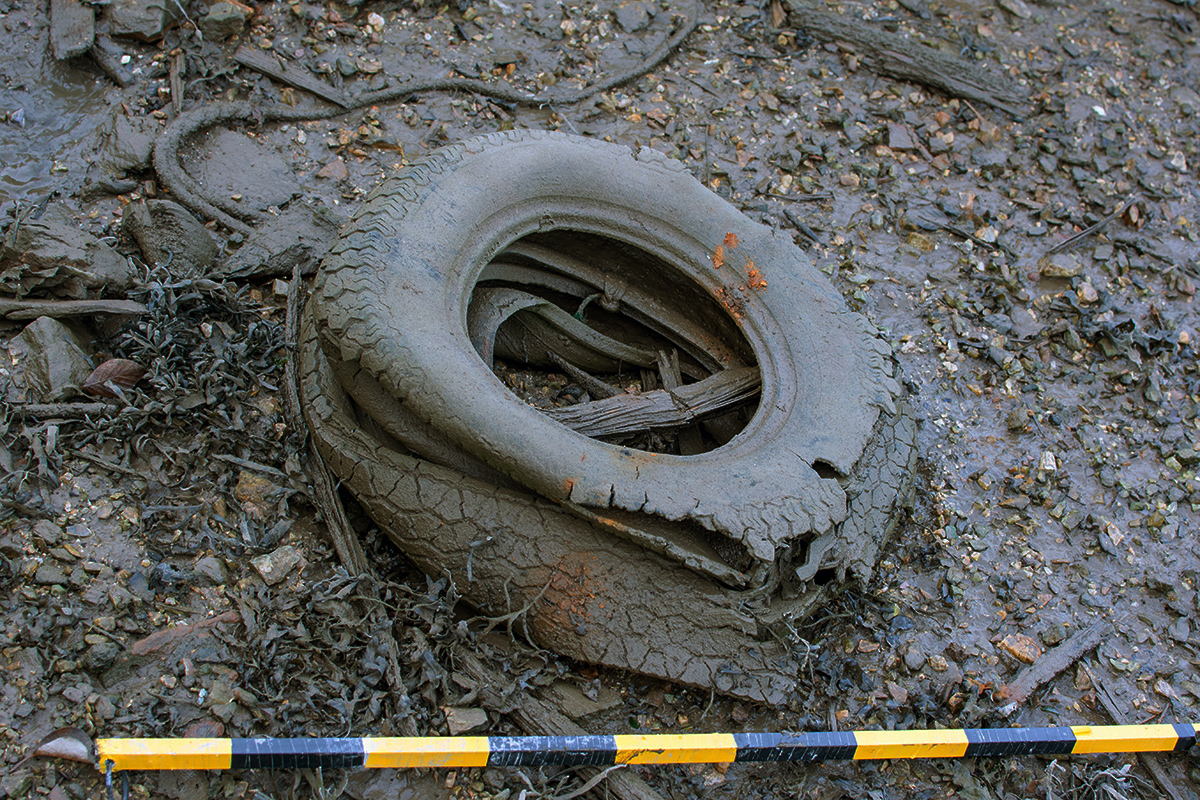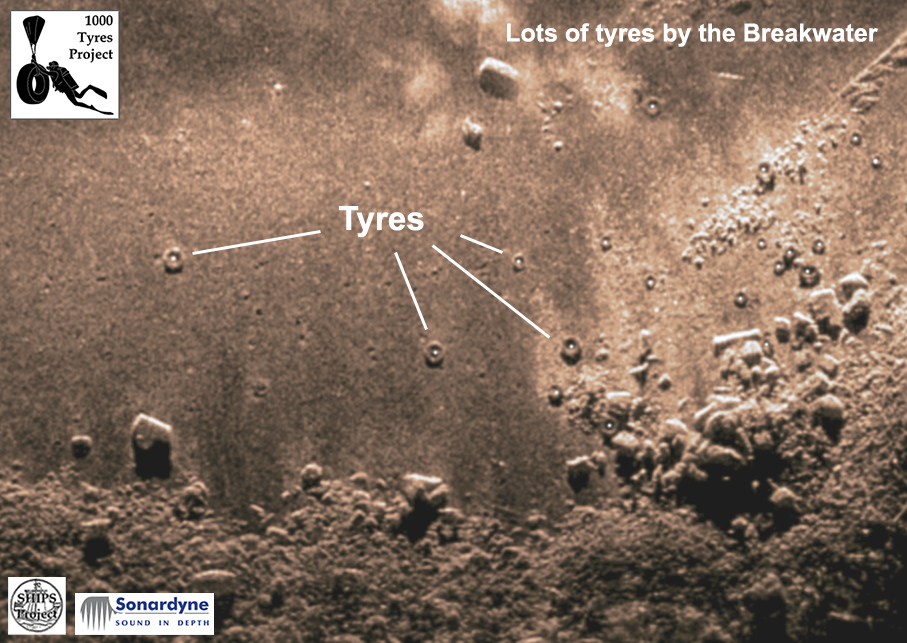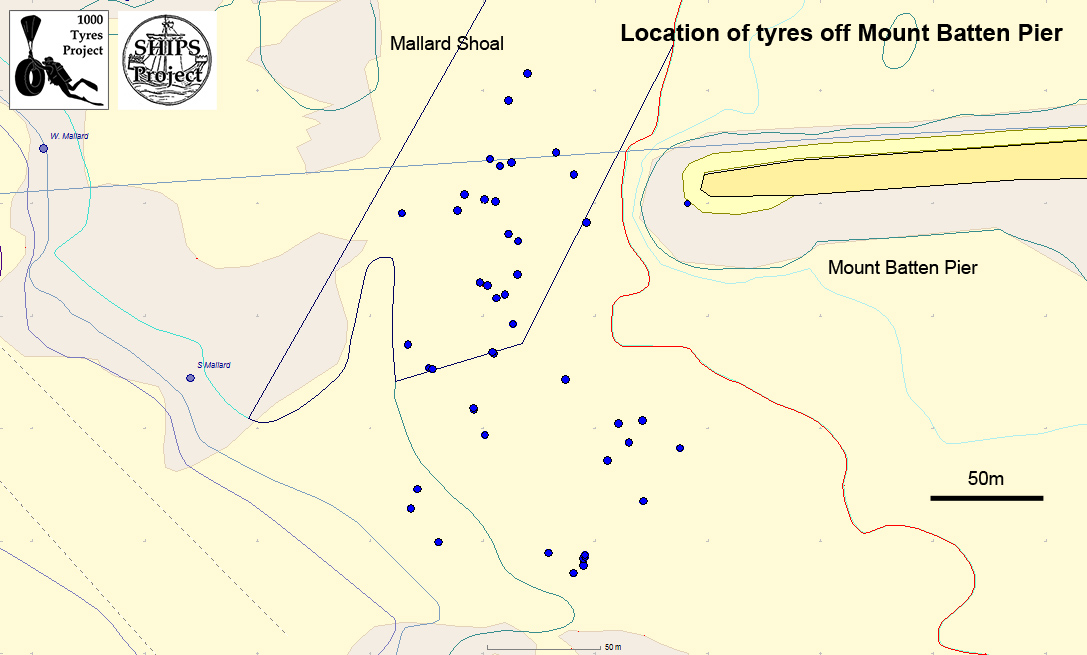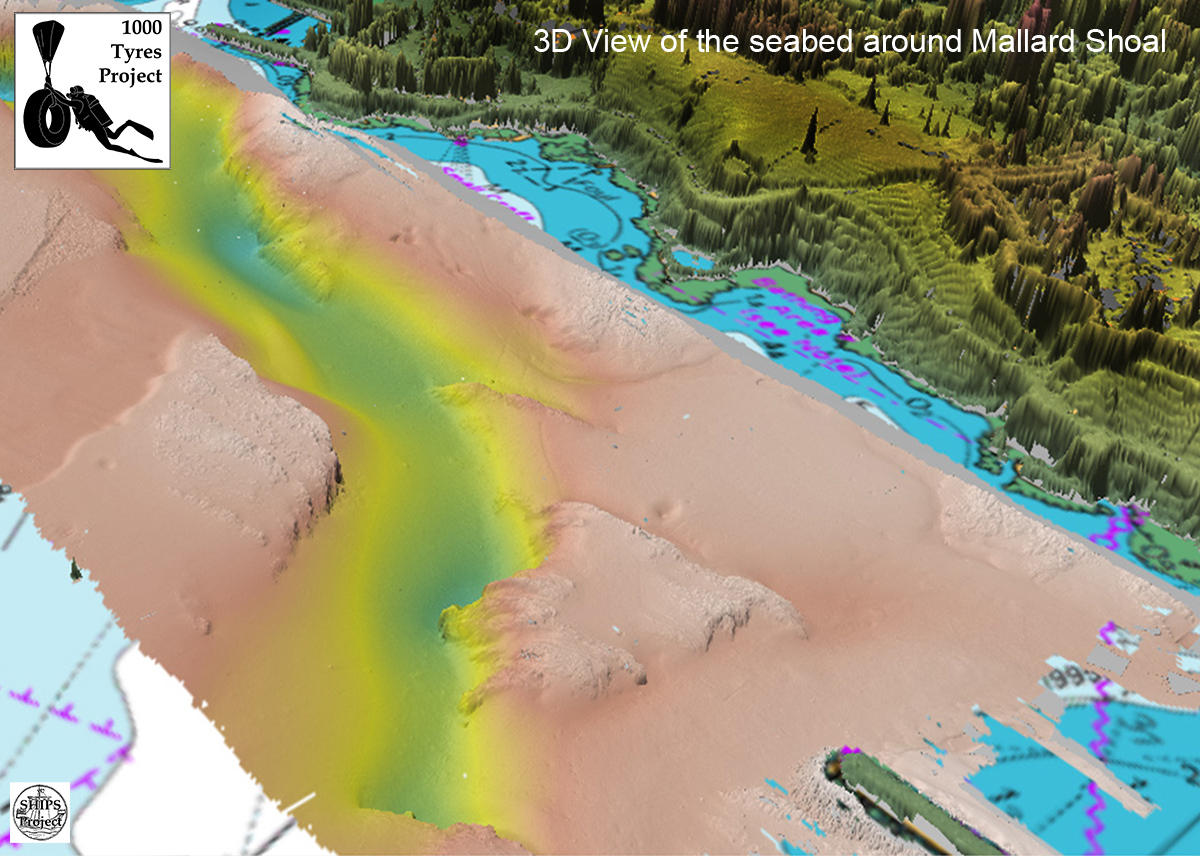The Science Behind the Clean-up
The 1000 Tyres Project aims to clean up Plymouth Sound and its rivers by removing polluting materials like tyres and plastics. This page will be used to provide access to the science behind the cleanup and rewilding work that we do.
We want to improve the health of the Tamar ecosystem as it will bring benefits to the local marine and bird life, the City of Plymouth and the people who live there. When nature is left alone it is often capable of regeneration, but we are limiting the natural regeneration in Plymouth Sound by leaving polluting materials in the ecosystem.
What can still be found on the seabed and riverbeds of the Tamar waterway is the remains of all the historic pollution dumped into Plymouth Sound. Fortunately, the largest volume of pollutants was historic sewage and organic material which became food for marine life, so little of that now remains. What does remain on and within the seabed is a mix of materials including:
- Car, truck, and tractor tyres
- Tyres dumped in seas and rivers break down through erosion releasing microplastics and chemicals into the environment.
- Plastic litter in many forms
- Plastic litter gets blown or washed into the sea where some of it remains afloat and some sinks to the seabed. Eventually the plastic breaks down into sllapper particles that adversely affect the ecosystem.
- Plastic fishing nets and floats
- Fishing nets get snagged on the seabed and on shipwrecks and has to be abandoned. The net continues to trap marine life until it finaly breaks down into small pieces that pollute the seabed.
- Plastic lobster and crab pots
- Crab and lobster pots can get lost on the seabed, but they continue to trap marine life. Eventually the plastic breaks down releasinng pollutants into the water.
- Plastic and metal angling gear
- Angling gear gets snagged on junk on the seabed, over time this forms a mat of fishing line which traps marine life before breaking down into smaller fragments.
- Rubber-based materials
- Rubber based materials break down in seawater releasing particles and chemicals into the water.
- Steel and rubber cables
- Steel and rubber cables are a hazard to anchored ships and they break down over time releasing particles into the water.
- Asbestos from buildings and shipbreaking
- Asbestos is harmful and asbestos cement from demolished buildings can be found on the foreshore in many parts of Plymouth. Asbestos was also used on ships so it can be found where ships were broken up, such as in Hooe Lake.
- Fibreglass boats
- Abandoned fibreglass boats break down releasing plastic and glass fibres into the environment.
- Scrap steel
- Scrap steel traps fishing gear, angling gear and other debris, and is un[leasant to look at.
- Steel and plastic shopping trolleys
- Steel and plastic shopping trolleys are often dumped in rivers close to supermarkets and are unsightly.
- Steel and plastic bicycles and motorbikes
- Bicycles and motorbikes corrode, leaking lubricants and fuel, and their tyres break down releasing microplastics.
- Steel trawl wires
- Steel trawl wires trap fishing gear, angling gear and other debris.
- Modern glass and ceramics
- Broken modern glass is removed from the foreshore as the sharp edges can cause cuts to people and dogs.
Seagrass
A history of the extent and loss of seagrass in Plymouth can be found by clicking this link ![]() .
.
Historical Pollution
Some of the rubbish on the seabed and in the rivers was dumped there many years ago. The 1000 Tyres Project wrote a white paper on the historic pollution in the Tamar Waterway because very little has been published on that subject, so the impact on the ecosystem is largely unknown. The white paper looks at the sources of pollution in Plymouth Sound and its estuaries from historical records and then attempts to summarise the legacy of each in the ecosystem today. At the end of the document, the detrimental effect of historic pollution on marine life is discussed for fish species, native oysters, and seagrass.
You can download a free copy of the white paper 'Pollution in Plymouth Sound and the Tamar Waterway - A Historical Review' here ![]() .
.
Last updated 22 May 2023




